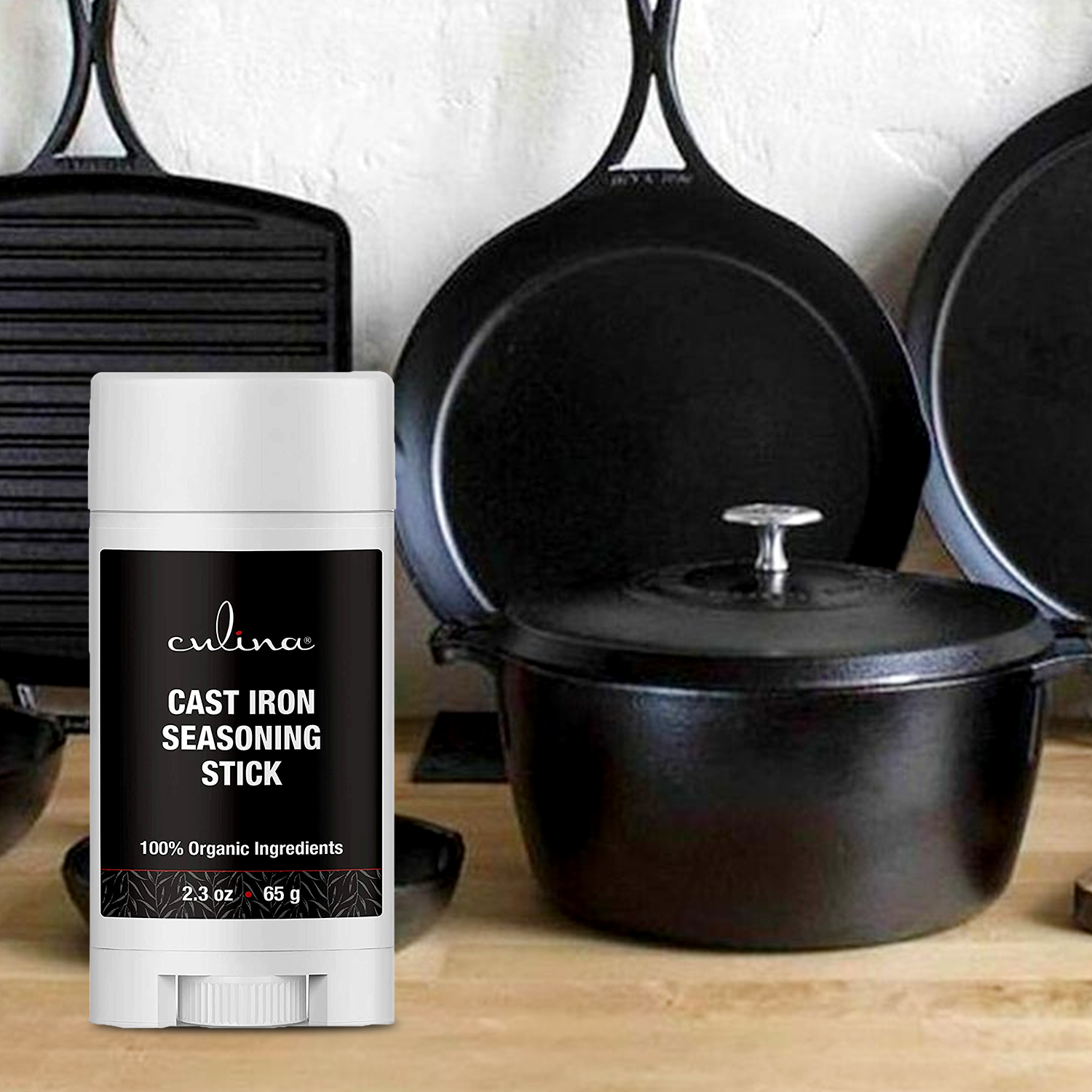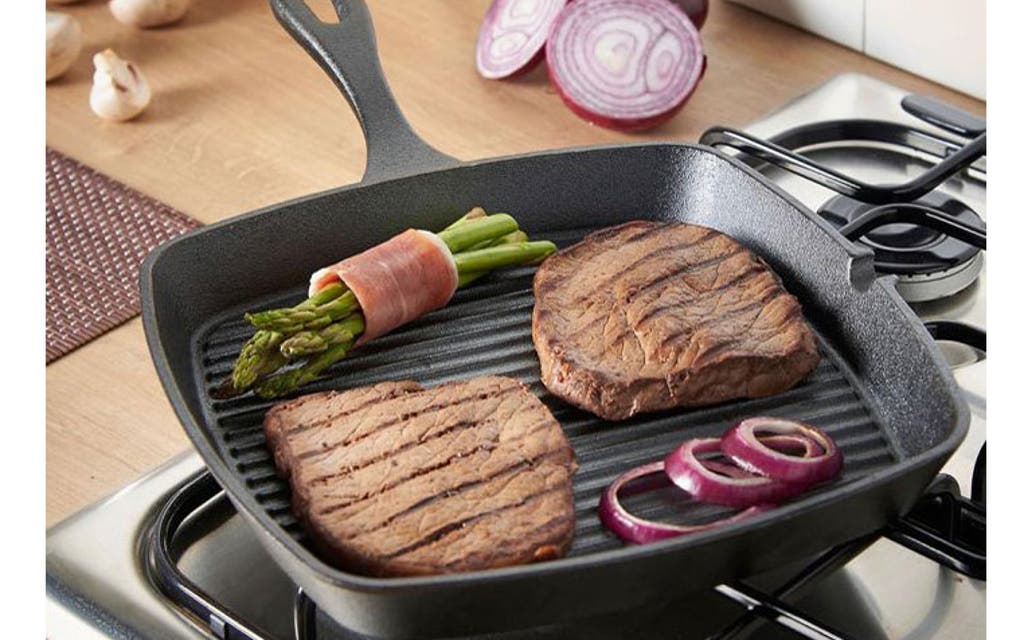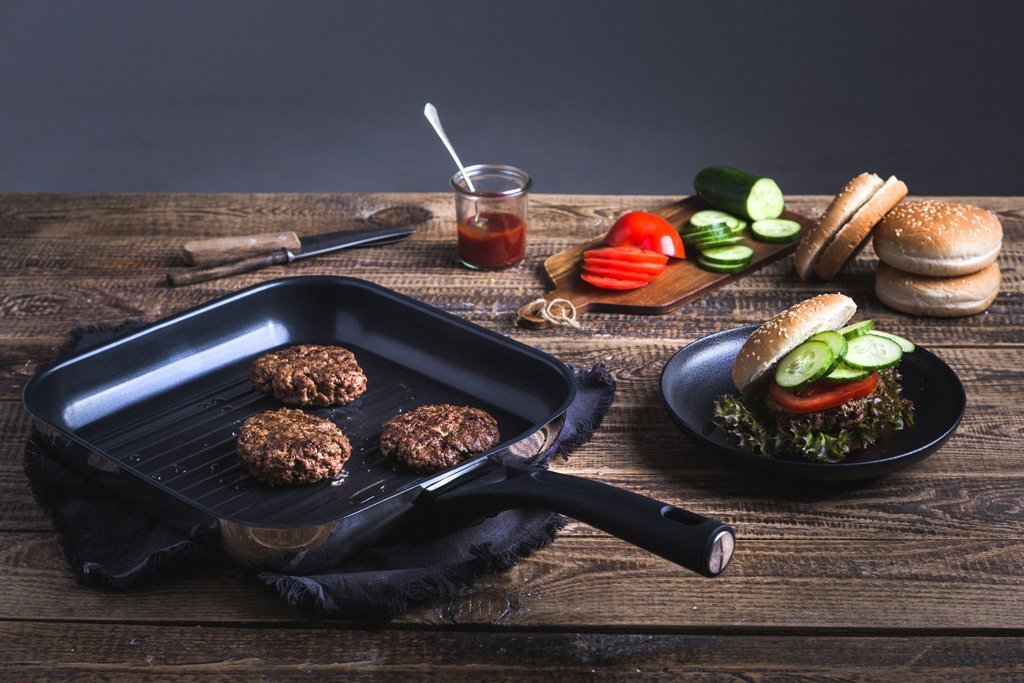The grill pan is an essential tool in any professional kitchen, well-loved for its versatility and efficiency. But what is a grill pan used for, and how does it enhance cooking experiences? In this article, we'll dive into the various applications of grill pans, their unique features, and tips on how to maximize their use effectively.
Grill pans are characterized by their distinctive ridged bottom, designed to mimic the results of outdoor grilling while allowing for indoor cooking convenience. Their construction generally includes materials like cast iron, stainless steel, or non-stick finishes, all tailored to withstand high temperatures while delivering perfect sear marks and enhanced flavors. Understanding the functionality and proper use of a grill pan is crucial for kitchen professionals who aim to elevate their cooking capabilities.

Understanding the Grill Pan's Design
What makes a grill pan uniquely different from other cookware? The secret lies within its design. The raised ridges create channels that allow the fat and juices from the food to flow away, preventing sogginess. This design also allows food to cook evenly while providing that coveted charred flavor reminiscent of grilling outdoors. Additionally, many modern grill pans come with a non-stick option, which ensures easy food release and simplifies cleanup.
Common Uses for a Grill Pan
So, what is a grill pan used for in practical cooking scenarios? Let's explore some of its common uses:
- Cooking Meats: Ideal for chicken, steaks, and fish, grill pans create beautiful sear marks, locking in juices and flavor for a mouthwatering result.
- Vegetable Grilling: The ridges also work wonders for grilling vegetables like zucchini, eggplant, and bell peppers, enhancing their natural flavors.
- Sandwiches and Paninis: Grill pans are perfect for achieving the right amount of crispiness in sandwiches, giving them that delightful crunch.
- Breakfast Options: Egg dishes, such as scrambled eggs or omelets, can also benefit from a grill pan, especially if you incorporate veggies or meats.
How to Use a Grill Pan Effectively
The effectiveness of a grill pan depends on how well it is used. Here are a few techniques to keep in mind:
- Preheating: Always preheat your grill pan for optimal results. This step ensures even cooking and prevents sticking.
- Oil Selection: Use oils with high smoking points, such as avocado oil or refined olive oil to avoid burning.
- Dont Overcrowd: Leave enough space between the food items. Overcrowding can cause steaming instead of grilling.
- Managing Heat: Adjust your heat depending on what you are cooking, aiming for high heat for searing meats, and medium for vegetables.
Caring for Your Grill Pan
Proper care is essential to ensuring longevity for your grill pan. Here are some tips:
- Cleaning: Cleaning your grill pan with soap and water after each use is essential, especially for cast iron pans. Refer to this guide on how to clean a cast iron grill pan.
- Seasoning: For cast iron, seasoning the pan can help maintain a non-stick surface and improve food release.
- Store Properly: Store stacks of pans with paper towels in between to prevent scratching.

Versatility of Grill Pans in Professional Kitchens
The versatility of a grill pan makes it a valuable asset in culinary settings. It allows chefs to achieve grill marks and caramelization indoors while retaining the ability to cook various ingredients:
- Constant Temperature: Since grill pans can be placed on stovetops as well as ovens, chefs can maintain constant temperatures, essential for precise cooking.
- Non-Stick Options: Modern grill pans come with non-stick options that make them easy to use, especially in busy kitchens.
- Multi-Purpose Use: Beyond grilling, they can act as a frying or sauting pan, increasing their utility!
Advanced Techniques for Using a Grill Pan
Beyond basic uses, here are advanced techniques to elevate your grilling game:
- Marinades and Brines: Using flavorful marinades can enhance the taste while caramelizing the sugars during cooking.
- Grilling in Batches: For catering or events, grill multiple proteins at once by managing the heat appropriately.
- Finish in the Oven: Start cooking on the stovetop and finish brown foods in the oven for better results on thicker cuts.
Comparing Grill Pans to Outdoor Grilling Techniques
While the grill pan simulates outdoor grilling, its crucial to understand its limitations. Outdoor grilling allows for greater flavor infusion from smoke, which indoor grill pans cant replicate. However, grill pans offer more precise control over cooking temperatures and allow year-round grilling, making them a favorite for kitchen professionals.
FAQs About Grill Pans
- What is a grill pan used for? A grill pan is used to cook a variety of meats and vegetables with grill marks and intense flavor.
- Can grill pans be used on any stovetop? Most grill pans can be used on gas, electric, and induction stovetops, but check your specific model's guidelines.
- Is a grill pan better than an outdoor grill? For indoor cooking, grill pans offer the convenience of grilling without the need for an outdoor setup.
In conclusion, understanding what a grill pan is used for and how to maximize its potential can significantly enhance a chef's ability to create delicious and visually appealing dishes in professional kitchens. Maintaining the grill pan properly ensures that it will serve you well for many culinary adventures.
As an Amazon Associate, I earn from qualifying purchases.





Leave a comment
This site is protected by hCaptcha and the hCaptcha Privacy Policy and Terms of Service apply.